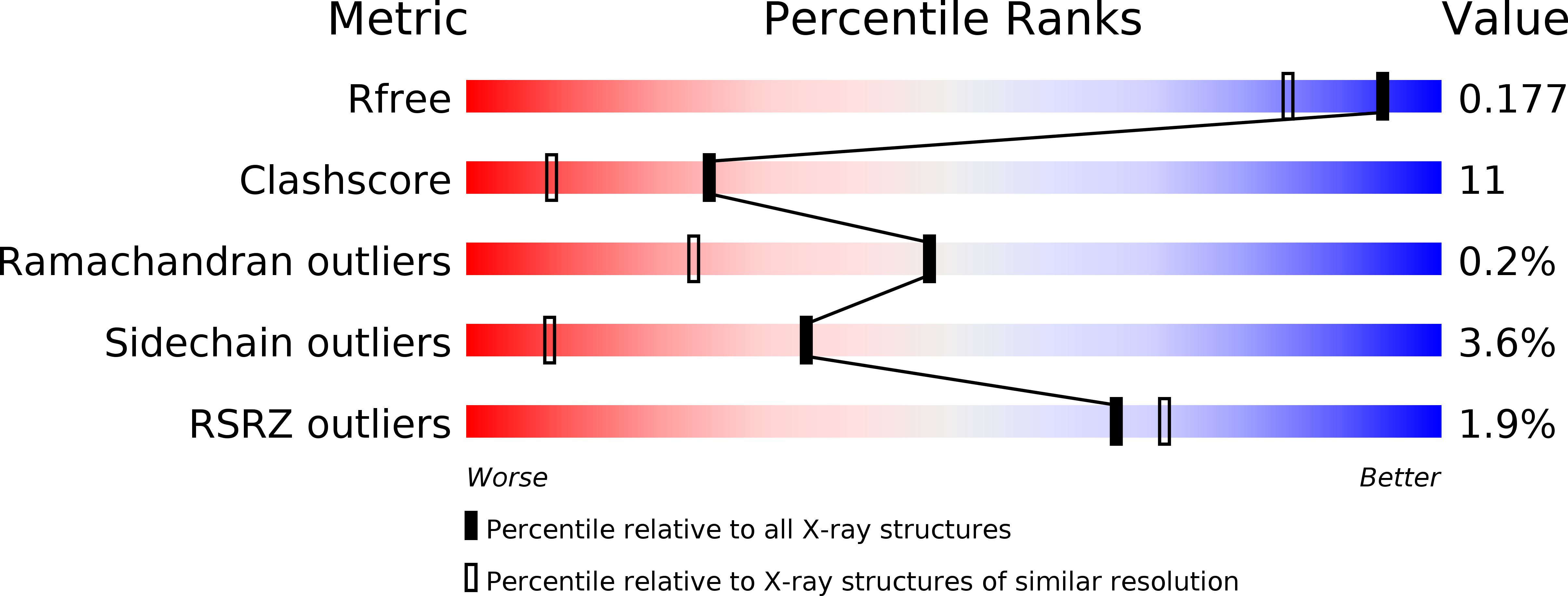
Deposition Date
2003-03-14
Release Date
2003-08-26
Last Version Date
2024-02-14
Entry Detail
PDB ID:
1ORR
Keywords:
Title:
Crystal Structure of CDP-Tyvelose 2-Epimerase complexed with NAD and CDP
Biological Source:
Source Organism:
Salmonella typhi (Taxon ID: 601)
Host Organism:
Method Details:
Experimental Method:
Resolution:
1.50 Å
R-Value Free:
0.22
R-Value Work:
0.17
R-Value Observed:
0.17
Space Group:
P 1 21 1


